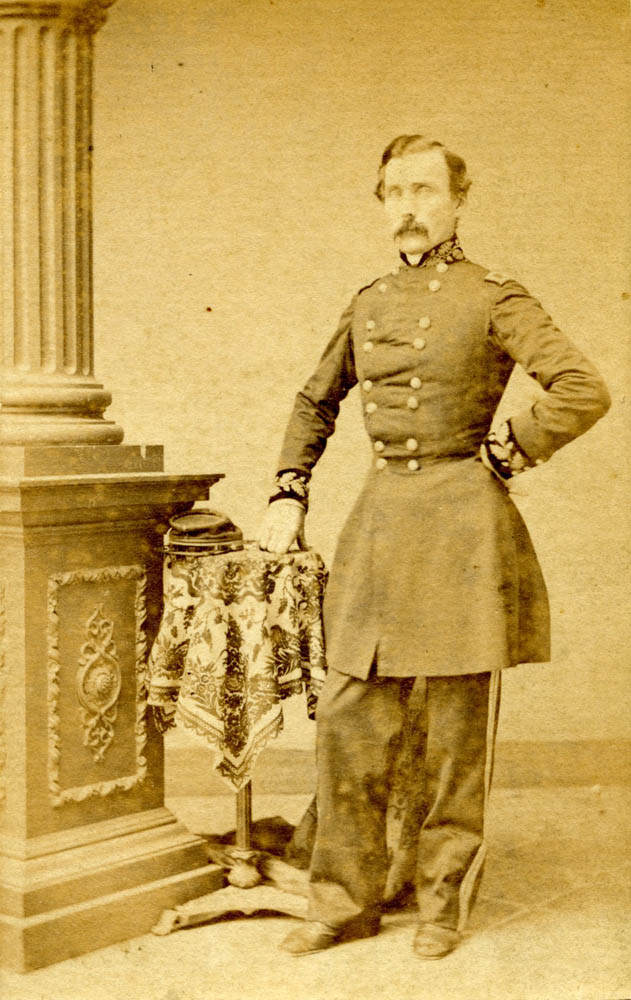Born in New York in 1823, Daniel Marsh Frost graduated from the United States Military Academy in 1844 and served with distinction in the Mexican-American War. He resigned from the army in 1853 and settled in St. Louis, where he became a manufacturer, and served in the state legislature.
Promoted to brigadier general in the Missouri Volunteer Militia, Frost led his men to Lindell Grove, on the outskirts of St. Louis, to train for six days in May 1861. Their camp was named after Missouri’s governor, Claiborne Fox Jackson. St. Louis was also the home of the largest arsenal west of the Mississippi River, housing approximately 36,000 muskets.
Fearing that Frost and his men were planning to seize the St. Louis Arsenal, Captain Nathaniel Lyon and his Union force of 7,000 men surrounded the camp and compelled Frost to surrender. While marching his prisoners to the arsenal for parole, Lyon and his command encountered an angry mob in the streets. Many of these St. Louis citizens had shouted insults and hurled rocks and bottles at the soldiers. As tensions rose, the nervous Union soldiers fired into the crowd, killing twenty-eight civilians. The event became known as the Camp Jackson Massacre.
After being paroled, Frost joined General Sterling Price and led two divisions of the Missouri State Guard at the Battle of Pea Ridge. He crossed the Mississippi and served as a staff officer under General Braxton Bragg, then returned west of the river to command a division at Prairie Grove. Following the fall of Little Rock in 1863, Frost joined his family in Canada and was dropped from the rolls of the Confederate Army.
Frost died in 1900.
Carte-de-Visite by Unknown Photographer.
Image Courtesy Wilson’s Creek National Battlefield; WICR 31891




